
Effective leadership plays a crucial role in driving success and growth. As we step into the new year, organizations are recognizing the importance of developing leadership skills to navigate challenges and seize opportunities. One approach gaining traction is organic leadership, a style that empowers individuals to cultivate their leadership abilities. In this blog post, we will explore different types of leadership development and shed light on why businesses should prioritize organic leadership in the coming year. Additionally, we will discuss the importance of fiscal planning to support these initiatives.
Types of Leadership Development:
- Formal Leadership Development:
- This involves structured programs, workshops, and seminars designed to enhance leadership skills. It includes classroom-based training, mentorship programs, and leadership retreats.
- Formal development focuses on providing individuals with the necessary knowledge, tools, and techniques to become effective leaders. It often involves external trainers or experts to facilitate the learning process.
- Experiential Leadership Development:
- This type of development focuses on learning through real-life experiences and challenges. It includes job rotations, stretch assignments, cross-functional projects, and participation in leadership initiatives.
- Experiential development helps individuals develop practical leadership skills, adaptability, and resilience. It fosters learning by doing, allowing leaders to gain insights from their successes and failures.
- Coaching and Mentoring:
- Coaching and mentoring programs pair aspiring leaders with experienced mentors who provide guidance, support, and feedback.
- This type of development emphasizes personalized growth, self-reflection, and continuous improvement. Coaches and mentors offer valuable insights, helping leaders develop their unique leadership style.
Why Focus on Organic Leadership in the New Year?
Organic leadership focuses on nurturing leadership skills within individuals, regardless of their formal positions. Here’s why it should be a focus for businesses in the new year:
- Empowered Workforce:
- Organic leadership empowers employees at all levels to take ownership of their roles and contribute to the organization's success.
- By fostering a culture of leadership development, businesses create a more engaged and motivated workforce, leading to higher productivity and innovation.
- Adaptability and Resilience:
- In today's rapidly evolving business environment, leaders must be adaptable and resilient. Organic leadership encourages individuals to embrace change, take risks, and develop the necessary skills to navigate uncertainty.
- By investing in organic leadership development, businesses equip their leaders with the tools needed to thrive in dynamic market conditions.
- Succession Planning and Talent Pipeline:
- Prioritizing organic leadership development ensures a robust pipeline of future leaders within the organization.
- By identifying and nurturing high-potential individuals, businesses can reduce the risk associated with leadership vacancies, succession planning, and talent retention.
Lets deep dive in Organic Leadership a bit:
Characteristics of Organic Leaders
a) Adaptability: Organic leaders are adaptable and open to change. They understand that the world is constantly evolving, and they are willing to embrace new ideas and approaches to stay ahead.
b) Emotional Intelligence: Organic leaders possess high emotional intelligence. They are empathetic, self-aware, and able to understand and manage their own emotions, as well as those of their team members.
c) Collaboration: Organic leaders foster a collaborative culture within their organizations. They value teamwork, encourage open communication, and create an environment where diverse perspectives are welcomed.
d) Visionary Thinking: Organic leaders have a clear vision for the future and inspire their teams to work towards it. They can communicate their vision effectively and motivate others to achieve shared goals.
e) Empowerment: Organic leaders empower their team members by delegating authority and encouraging autonomy. They trust their team members' abilities and provide them with the necessary resources and support to succeed.
f) Resilience: Organic leaders display resilience in the face of challenges and setbacks. They remain determined and focused even during difficult times, inspiring their team members to persevere and overcome obstacles.
g) Continuous Learning: Organic leaders have a strong desire for personal and professional growth. They actively seek out opportunities to learn and develop new skills, and they encourage their team members to do the same.
h) Integrity: Organic leaders act with integrity, demonstrating honesty, transparency, and ethical behavior. They lead by example and hold themselves and others accountable for their actions.
i) Relationship Building: Organic leaders place a high value on building strong relationships with their team members, stakeholders, and customers. They invest time and effort in understanding others, cultivating trust, and fostering positive connections.
These nine qualities collectively contribute to the effectiveness and success of organic leaders. By embodying these traits, leaders can create a positive and productive work environment, inspire their teams, and drive organizational growth and innovation.
Organic leadership, also known as emergent or informal leadership, refers to individuals who naturally assume leadership roles within a group, without any formal appointment. While organic leadership can bring many benefits, such as flexibility and adaptability, there are also several challenges that arise in today's world and economy. Here are some key issues and potential solutions:
- Lack of structure: Issue: Organic leaders may struggle with creating and maintaining a structured approach to decision-making and goal-setting. This can result in inefficiencies and conflicts within the group. Solution: Provide leadership training and development programs to help organic leaders enhance their organizational and strategic skills. Encourage the use of frameworks and tools for effective decision-making and goal-setting.
- Alignment with organizational goals: Issue: Organic leaders may prioritize their own interests or the interests of their immediate team over the broader organizational objectives. This misalignment can hinder progress and hinder the organization's overall success. Solution: Foster a strong organizational culture that emphasizes shared goals and values. Clearly communicate the organization's mission and objectives to all members, ensuring that organic leaders understand and align their actions with the broader goals.
- Communication and coordination: Issue: Without a formal leadership structure, organic leaders may face difficulties in communicating their vision and goals effectively to the rest of the team. This can lead to miscommunication and confusion within the group. Solution: Establish clear communication channels and encourage open and transparent communication within the organization. Provide training on effective communication and collaboration to help organic leaders convey their ideas and goals more clearly.
- Power struggles: Issue: When multiple organic leaders emerge within a group, power struggles can arise. These power dynamics can create conflicts and divisions, hindering collaboration and productivity. Solution: Foster a culture of collaboration and teamwork. Encourage organic leaders to work together and find common ground. Establish mechanisms for conflict resolution and provide training on negotiation and conflict management.
- Accountability and responsibility: Issue: Organic leaders may not have clear lines of accountability or formal mechanisms for evaluating their performance. This lack of accountability can result in a lack of responsibility and accountability for their actions and decisions. Solution: Define clear roles, responsibilities, and performance metrics for organic leaders. Implement regular performance evaluations and feedback mechanisms to ensure accountability. Encourage organic leaders to take ownership of their actions and decisions.
- Sustainability: Issue: Organic leadership can be highly dependent on the personality and skills of the individuals involved. When organic leaders leave the group or organization, there may be a lack of continuity and stability, making it difficult to sustain long-term success. Solution: Identify and nurture potential organic leaders within the organization. Develop succession plans and mentorship programs to ensure a smooth transition when organic leaders move on. Encourage knowledge sharing and cross-training to build a resilient leadership pipeline.
By recognizing and addressing the challenges associated with organic leadership, organizations can leverage the strengths of emergent leaders while mitigating potential drawbacks. Implementing these solutions can help create a more effective and sustainable leadership structure in today's world and economy.
While I have mentioned about organic leadership, Google comes to mind, Do you know Google encourages organic leadership through its "20% time" policy, where employees are allowed to spend 20% of their work time on projects of their choice. This initiative has resulted in the development of innovative products like Gmail and Google Maps. Please check here for more details and the pros and cons of initiative.
While there are good examples of organic leadership in universities and other companies. I would like to you to review the Netflix Way - Leadership Journey. One of the key note I would like to point out that atty McCord, former chief talent officer at Netflix and an architect of the company’s famous Culture Deck "the freedom and responsibility culture isn’t for everybody. A lot of people function much better with guardrails. Some people like a lot of structure, and they like working within the structure – particularly early in your career.
So we know in current economy leadership development needs investment here is my suggestion of Fiscal Planning: To effectively implement leadership development initiatives, businesses need to plan fiscally. Check them out:
- Budget Allocation:
- Allocating a dedicated budget for leadership development programs demonstrates the organization's commitment to nurturing talent.
- It allows businesses to invest in resources, training materials, external trainers, coaching, and mentoring programs.
- Return on Investment (ROI):
- Fiscal planning involves assessing the ROI of leadership development initiatives.
- Measuring the impact of these programs, such as improved employee performance, increased productivity, and reduced turnover, helps justify the investment and fine-tune future strategies.
- Long-Term Sustainability:
- Businesses should view leadership development as a long-term investment rather than a one-time expense.
- By incorporating leadership development into their annual fiscal plans, organizations can ensure ongoing support and growth opportunities for future leaders.
Conclusion: In a rapidly changing business landscape, leadership development is essential for organizations to thrive. By embracing organic leadership and empowering individuals to cultivate their leadership skills, businesses can foster an engaged, adaptable, and resilient workforce. Moreover, by strategically planning fiscally, organizations can ensure the long-term sustainability of leadership development initiatives. As we enter the new year, let us prioritize the investment in leadership development to shape a brighter future for businesses and their leaders.
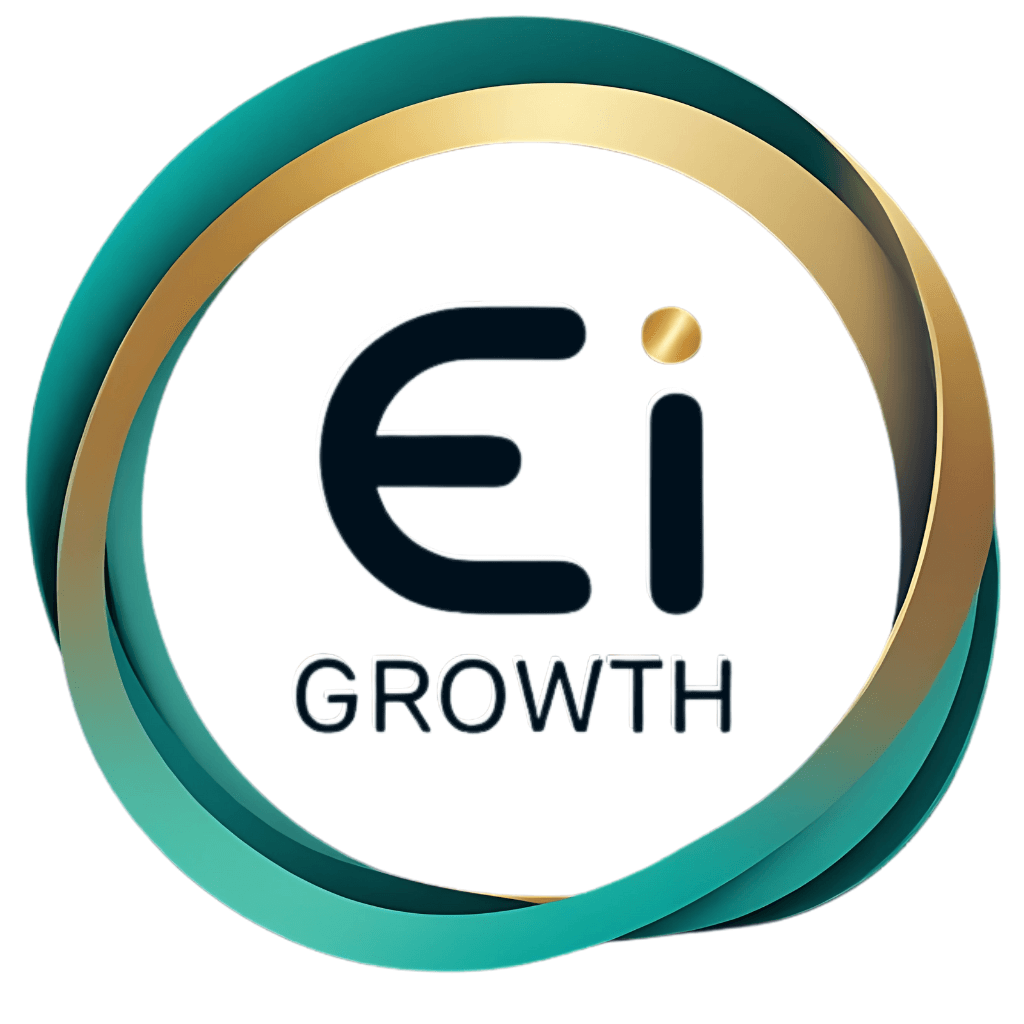









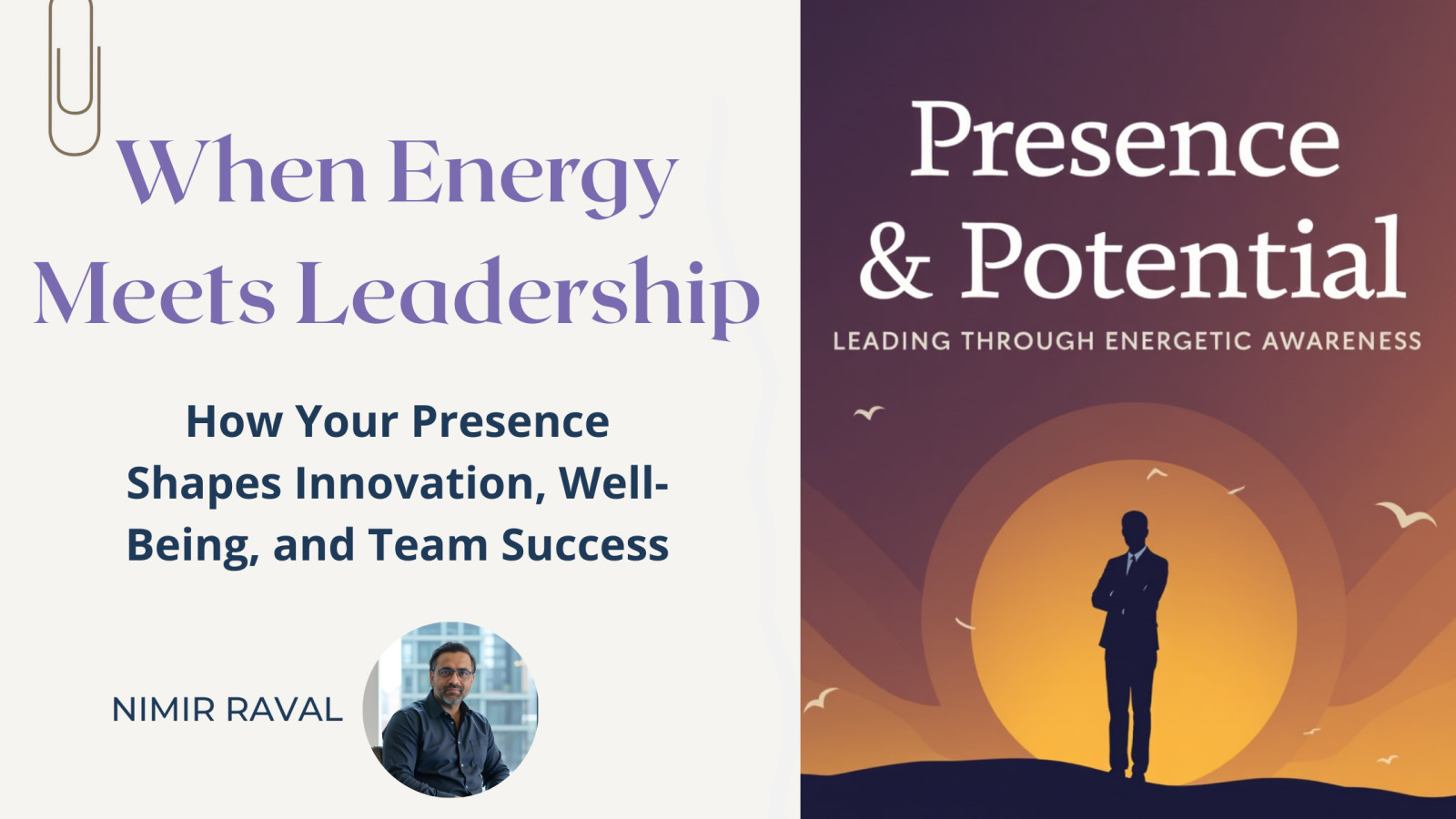




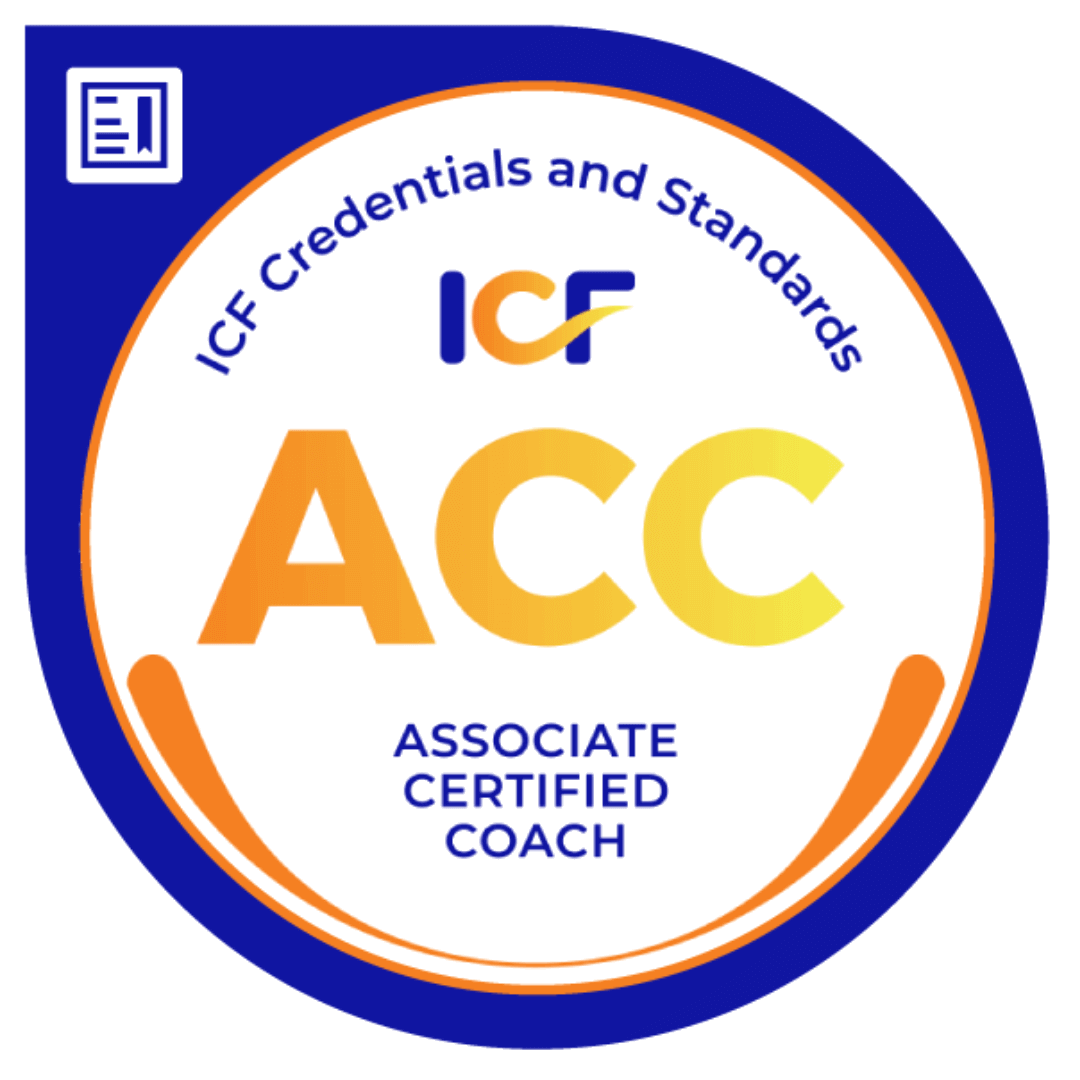
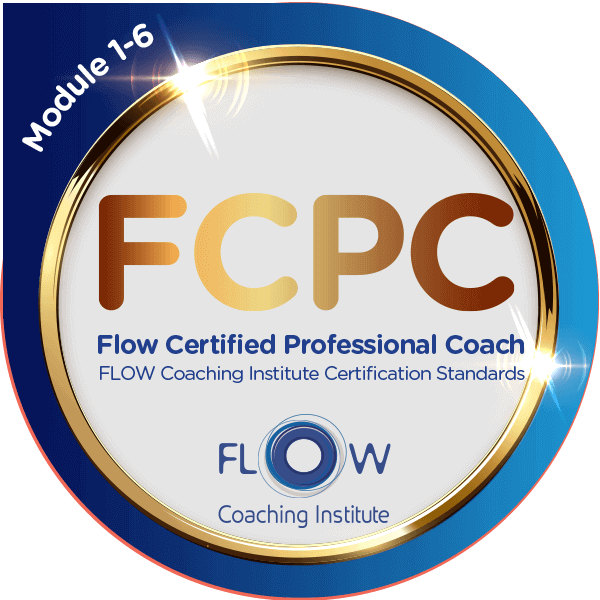
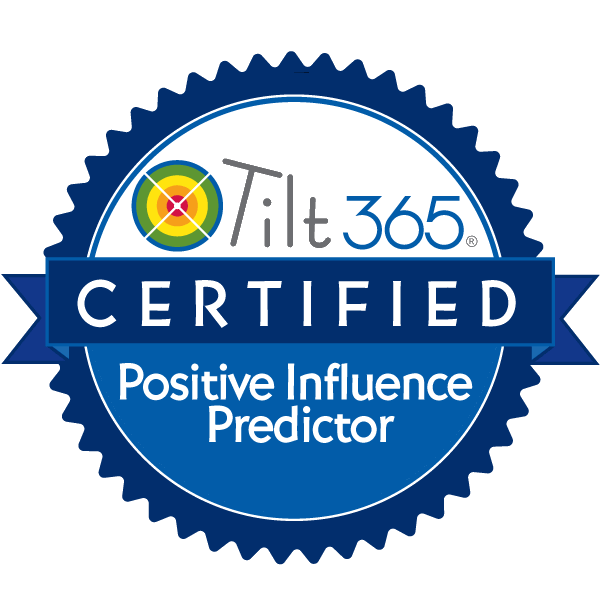
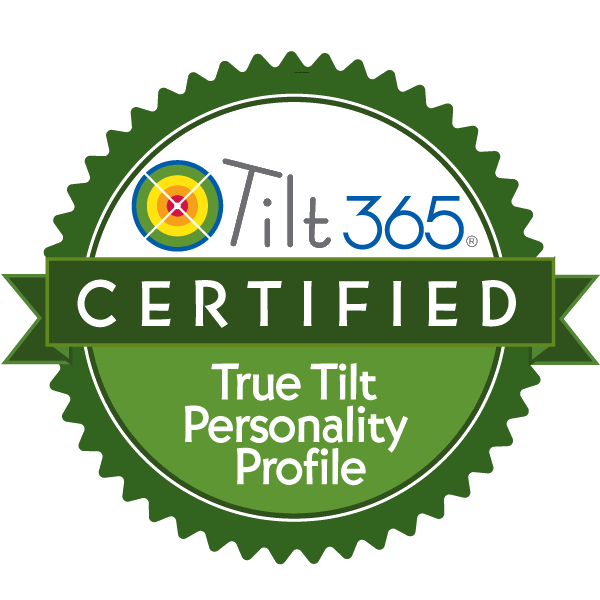



0 Comments